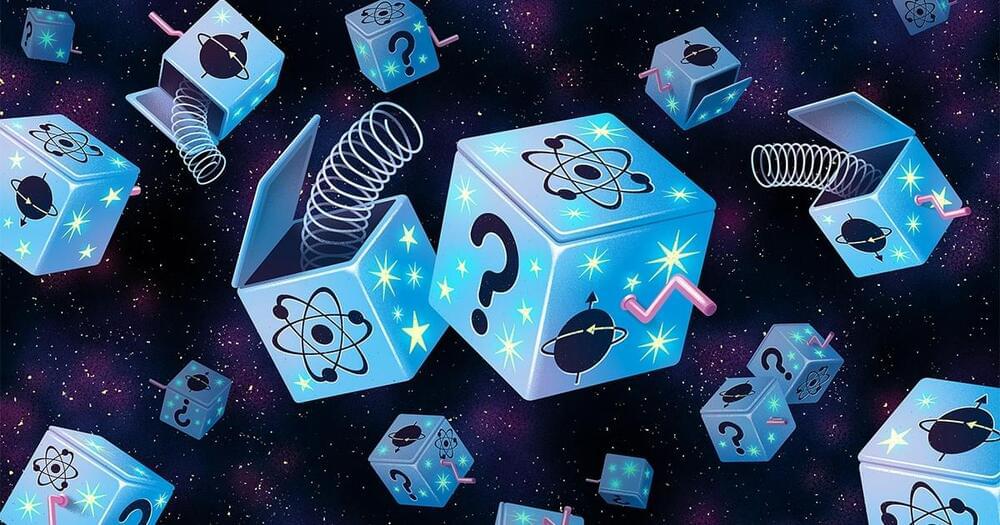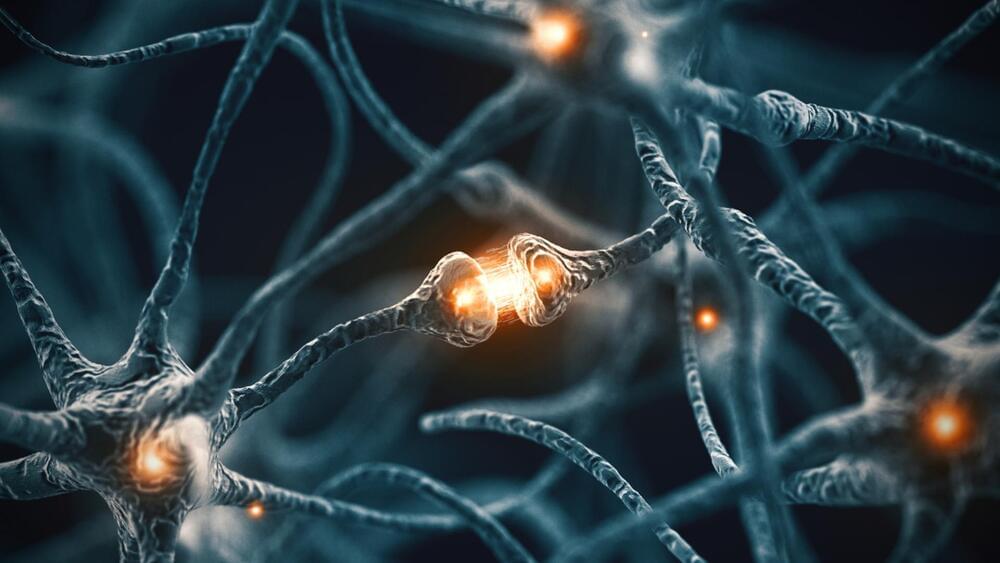Perhaps dark matter is made of an entirely different kind of particle than the ones physicists have been searching for. New experiments are springing up to look for these ultra-lightweight phantoms.


AR/VR/MR glasses released in April 2024? i didnt know they were so far along already. Im curious if anyone used these, and impressions of? Still a little bulky, but, my current prediction is this will take over place of cell phones 2029/2030. But, needs to be slimmed down a bit yet; 5 years.
Step into the future with Rokid AR Lite! Our sleek and stylish design lets you take to the streets in style, while its multi-screen feature wraps around your space for seamless work and play. Activate sports mode for unwavering screen stabilization, and immerse yourself in vivid spatial videos in 3D, bringing your memories to life like never before. Don’t miss out on this revolutionary AR experience!
🛒 Get it at the best price on Kickstarter: https://bit.ly/3X1P0X1

A grass-green snake from Vietnam with yellow eyes, blue lips and a brick-red tail has been identified as a distinct species.



One of the most common problems is spills of the salty brine that’s a toxic byproduct of pumping oil. Another is over-or under-pumping that can lead to machine failure and methane leaks. (The oil and gas industry is the largest industrial emitter of methane in the U.S.) Then there are extreme weather events, which range from winter frosts to blazing heat, that can put equipment out of commission for months. One of the wildest problems Sebastien Mannai SM ’14, PhD ’18 has encountered are hogs that pop open oil tanks with their snouts to enjoy on-demand oil baths.
Mannai helps oil field owners detect and respond to these problems while optimizing the operation of their machinery to prevent the issues from occurring in the first place. He is the founder and CEO of Amplified Industries, a company selling oil field monitoring and control tools that help make the industry more efficient and sustainable.
Amplified Industries’ sensors and analytics give oil well operators real-time alerts when things go wrong, allowing them to respond to issues before they become disasters.

The Tesla Model Y has topped Sweden’s automotive registrations regardless of powertrain type in the first half of 2024, as shown in new data.
The Model Y was the most-registered vehicle in Sweden in the first six months of this year, according to data from Mobility Sweden reported by Carup on Monday. The Model Y topped the charts overall with 7,386 units registered, despite a 20 percent decline in overall EV sales. The Model 3 landed 14th overall in the six-month period, while electric options from Volvo, Toyota, Polestar, and Volkswagen were also some of the most registered.
“It is gratifying that the proportion of electric cars reached the best for the year in June, but at the same time we see a stagnant market, which leads to a gradually aging vehicle fleet,” said Mattias Bergman, CEO of Mobility Sweden. “In order to meet the climate goals and strengthen Sweden’s competitiveness, it is crucial that electrification is accelerated.”


One county in Texas has issued a voluntary evacuation notice for some residents, as Hurricane Beryl hurtles towards the state.
The Category 4 storm that has killed at least seven people in the Caribbean, according to the Associated Press’ latest death toll, is forecast to hit Texas by this weekend.

Just a year ago, Fervo Energy successfully demonstrated the effectiveness of its horizontally oriented geothermal system. Now the company has landed a massive contract for providing its clean, virtually endless power to the California grid.
It’s only been one year since Fervo Energy unveiled a novel concept in geothermal energy harvesting at its Project Red pilot plant in Nevada. Instead of drilling vertical bores that deliver water into the hot rocks lying beneath the Earth’s surface, it used techniques from the oil and gas industry to break up rocks, drive water through them horizontally, and collect the resultant steam to drive turbines at the surface.
The company said that its new method was set to change the geothermal landscape because it could work in many locales – not just those where hot rocks are close to the surface like in Iceland and New Zealand. And a new contract proves that it was right.